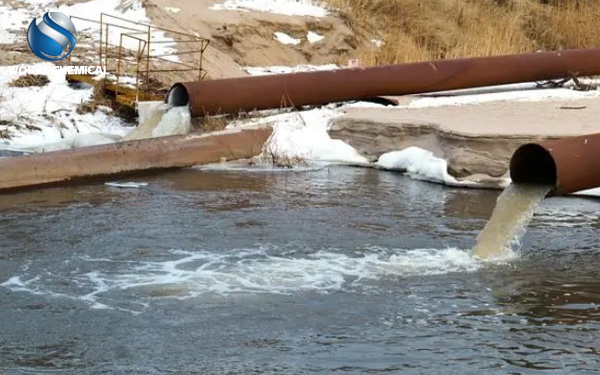
Biochemical sludge has high water content, is gel-like, light and fluffy, and is still semi-fluidized when its physical properties do not change. The particles are formed by physical aggregation, chemical coagulation, biochemical regeneration and adsorption of suspended matter in water, or the three coexisting. It has loose structure, irregular shape, high specific surface area and porosity, a fractal structure, and a villy-like branching and network structure in appearance. The water content and dewater of sludge are closely related to the physical structure of sludge. The flocculant size of the chemical sludge particles is relatively small (<100μm) and is generally dense. The content of organic matter in the chemical sludge is low, the fluidity is poor, the sludge density is large, the sludge is stable and not easy to corrode, but with the change of pH value, the dissolution of heavy metal ions may occur. When the chemical sludge is weakly acidic, it is corrosive to the sludge pipeline and subsequent treatment equipment.

Now the local government departments have clearly stipulated that the sludge moisture content of the sludge production unit can not exceed 50% or 60%; So how to reduce the moisture content of biochemical sludge? The only way to solve this standard is to increase sludge conditioner sludge depth dehydration and sludge drying. Sludge conditioner can effectively solve all the above problems. Sludge conditioner is a chemical agent that can change the surface structure of sludge, reduce the solid surface load of sludge, reduce the specific surface area of sludge and destroy the structure of bacteria. The main components are inorganic compounds, sludge surface structure modifier, degreaser, wall breaking agent, sludge surface treatment agent, sludge stripping agent and so on.